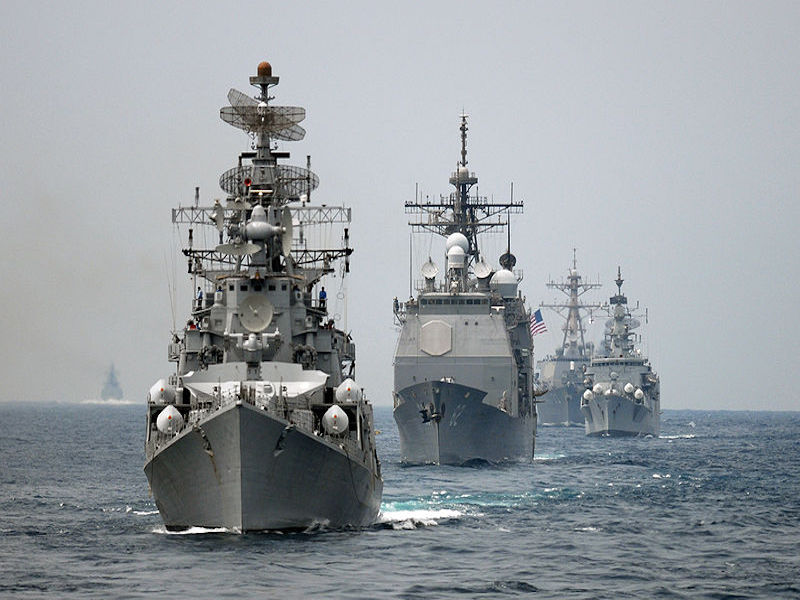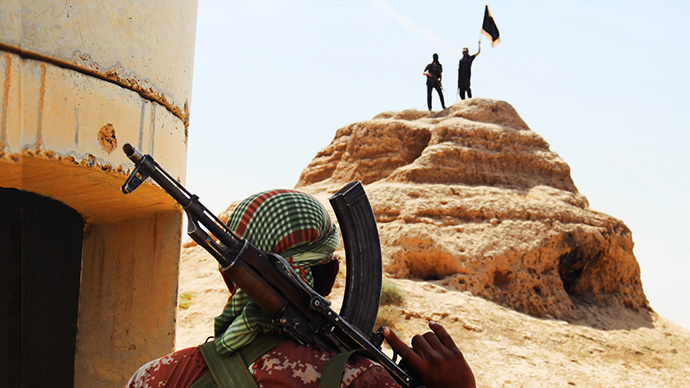It was once a closely held tenet for many environmentalists that cities were anathema to a sustainable, ecologically sound future; this has changed. Even hardened environmentalists like Stewart Brand have changed their tone, and now see cities as a hub for innovative solutions to global climate change. A similar change now needs to occur within the minds of security-thinkers and leaders. Within the context of military concerns and the broader umbrella of national security, urban spaces have been a long-standing point of confusion and frustration amongst policy-makers; whether they have proven to be morasses where resources and manpower disappear, or as confounding spaces in which objectives and obstacles both rest. American General Patton famously remarked that “fixed fortifications are a monument to the stupidity of man,” but indeed Patton never recognised the broader context in which cities exist. As centres of industry, population, and collective living, cities were and remain perhaps the most precious resource to any state or person. In a world where warfare is increasingly asymmetrical, the battlefields of the future will no-doubt occur within urban spaces. To be prepared for this future context of warfare, it is in NATO’s best interest to acknowledge and account for the ‘social factor’ of cities.
[captionpix align=”left” theme=”elegant” width=”300″ imgsrc=” http://natoassociation.ca/wp-content/uploads/2013/06/Urban-3.jpg” captiontext= “”In a world where warfare is increasingly asymmetrical, the battlefields of the future will no-doubt occur within urban spaces.””]
In order to understand the importance of urban spaces and their security, it is necessary to reflect on their point of origin. Many cities were designed with military purposes in mind, whether the string of fortress-libraries of Alexander the Great, or the massive industrial communities of the Soviet Union. Perhaps one of the most memorial urban reorganizations, at least to Western minds, is the transformation of Paris under Baron Haussmann during Napoleon III’s reign. Broad boulevards were made and straight, efficient roads were placed where necessary in order to ensure a city that was not only easy to defend from the outside, but that was also internally secure.
To put this in a more contemporary context, during the Vietnam War when Americans first truly experienced counterinsurgency operations, they gravitated towards the use of the urban centres as the focal point of South Vietnam’s stability. However, the brusque handling of Vietnamese villagers in programmes such as the Strategic Hamlet led to a rejection of the Western-style urban and economic life the US sought to promote, and instead created further instability and violence in the country. This occurred despite the increasing growth of urban areas in the South right up to the end of the war. The Americans, particularly under Defence Secretary Robert McNamara, viewed cities in mechanistic terms and ignored their social functions. In doing so, the Americans created spaces that, while populous, served no function of creating loyalty or trust towards the Southern regime. It is too much of a leap to say that the war could have been won with only a different urban strategy, but had the Americans more carefully navigated the social currents of Vietnamese cities there is no predicting how different the experience could have been.
The experience of NATO in Afghanistan has at times felt deeply reminiscent of the Americans in Vietnam. Despite efforts to create safe urban spaces, much of present urbanisation in Afghanistan has been driven by people attempting to escape conflict, resulting in increasingly populous urban spaces being seen as threats rather than opportunities. The New York Times in 2010 had a story about NATO units ‘mowing the grass,’ the vernacular term for their temporary sweeps for Taliban in the countryside and non-Allied held cities; these sweeps ended with the troops returning to their bases, having to go back out to perform the same task after some time as the Taliban continued to infiltrate these cities. It was not until 2010 that the press reported a shift towards strategies and tactics that focused on connections with local populations and trust-building on the individual and community level. As Brig. Gen. Larry Nicholson offered: “The population is not the enemy. The population is the prize – they are why we are going in.”
Recognising the importance of the native population not as enemies, but as partners, has generally been missing from most strategic or security-focused appraisals of cities. Many actors, including NATO, have bypassed the advantages that come with connecting with a city’s essence, or social character. Urban environments are more than a particular type of topography, or a certain aggregation of economic or physical resources – urban environments, to use the phrase of the great urbanist Lewis Mumford, “are a geographical plexus, an economic organisation, an institutional process, a theatre of social action, and an aesthetic symbol of collective unity.” As he stated quite clearly, “[the city’s] social facts are primary, and the physical organisation of a city, its industries and its markets, its lines of communication and traffic, must be subservient to its social needs.” This is the understanding that NATO, and everyone, for that matter, needs to take if they hope to develop a winning urban security strategy.
A 2003 report by NATO’s Research and Technology Organisation (RTO) concluded that the growth of urban areas over the course of the next two decades would mean that “urban areas are therefore likely to become the principal arenas for [numerous varieties of] disputes and conflicts.” The prescriptions for the ‘problems’ of cities in the past have tended to be bull-headed, startlingly universalising, and inculcated with a sense of a city as only a series of buildings. The success of NATO troops prevailing in, or better yet preventing, future urban conflicts will not be determined on the basis of what variety of APC is used, or how many UAVs are deployed, but rather their ability to understand the ‘social fact’ of cities. A full accounting for this fact means seeing cities not as a potential threat, which much of contemporary military doctrine does, but rather as an opportunity. The ‘plexus’ of social, physical, and economic resources and connections in a city means that a well-planned operation could utilize these facets to create positive purposes and sustainable collective security.




